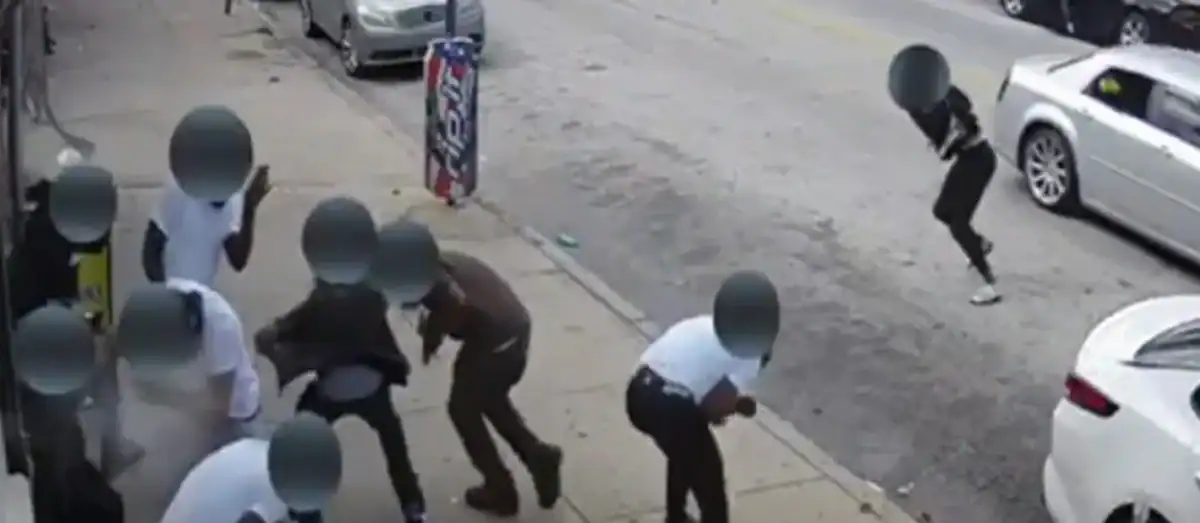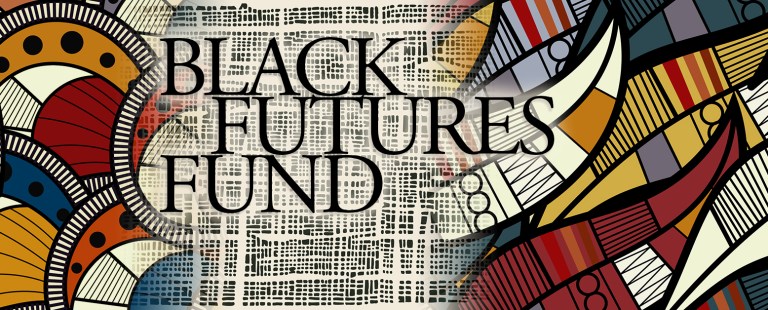By Ron Calhoun
Cleveland Observer | June 20, 2025
CLEVELAND — Gunmen opened fire in at least six incidents across Cleveland over four weeks, killing five people and injuring more than a dozen. The violence has rattled neighborhoods, shaken families and galvanized a growing movement of residents, outreach workers and city officials who say enough is enough.
The victims include Thomas Overall, a 68-year-old man shot while mowing his lawn, seven teenagers wounded in a single night in Lee-Harvard and Kiara Jackson, a 25-year-old mother killed before dawn in a closed city park. While motives varied, the pattern is clear: public spaces are becoming flashpoints, and young people are increasingly the ones caught in the crossfire.
The shootings spanned West Park, Harvard Avenue, Glenville and Mill Creek Falls. Cleveland’s Black residents — particularly males ages 15 to 34 — continue to face the highest risk, accounting for more than 85 percent of gun violence victims, according to the Cleveland Peacemakers Alliance.
“This isn’t just about crime scenes — it’s about broken systems and lives,” said Myesha Watkins, director of youth services at the Peacemakers Alliance. “We’re not going to arrest our way out of this. These young people need support, not just surveillance.”
City Responds With Expanded Intervention
Cleveland leaders have ramped up investment in street outreach and violence prevention. The Office of Prevention, Intervention and Opportunity joined forces with the Community Relations Board to deploy violence interrupters — trained residents who mediate conflicts and steer people away from retaliation.
Organizations like New Era Cleveland offer mentorship, community patrols and trauma support in neighborhoods struggling with poverty and systemic neglect. The Peacemakers Alliance now stations staff inside hospitals to reach shooting victims and their families within hours of an incident.
Mayor Justin Bibb’s administration committed $10 million over 15 years to a neighborhood safety fund in partnership with Everytown for Gun Safety. Last year, the city awarded $300,000 in grants to frontline community violence intervention groups working in Cleveland’s hardest-hit neighborhoods.
“We’re investing in people — those closest to the pain who are also closest to the solution,” Bibb said during the March 2025 regional gun violence summit.
National Models Point to Solutions
Cleveland’s strategy draws inspiration from other cities that have seen success treating gun violence as a public health crisis.
In Baltimore, the Safe Streets initiative, modeled on Cure Violence, reduced shootings by 69 percent in target areas. Sacramento’s Advance Peace program combines stipends, therapy and life coaching to interrupt cycles of violence and has saved the city millions in emergency costs.
Hospital-based violence intervention programs (HVIPs) in Oakland and Baltimore have cut repeat injuries by providing wraparound services before patients return to high-risk environments. In cities like New York and Philadelphia, community-led public health interventions have worked alongside law enforcement to reduce homicides.
“Violence is preventable,” said Thomas Abt, author of Bleeding Out and a leading national expert on urban violence. “When we treat it like a virus — identify, isolate and intervene — we save lives.”
Credible Messengers Shift the Narrative
Cleveland outreach workers say the most effective messengers are those who have lived it. Formerly incarcerated residents or people once involved in street violence now lead mediation efforts, provide guidance and show up where police can’t.
“People listen to those they know,” said Joshua Hicks of New Era Cleveland. “We’re from these neighborhoods. We’re not outsiders. We’re here to interrupt the cycle.”
These credible messengers work nights and weekends, responding to conflicts in real time. They de-escalate disputes, connect youth to social services and help prevent retaliatory violence before it erupts.
Addressing the Roots
While outreach teams respond on the ground, city agencies are also focusing on prevention. Cleveland Thrive — a city-backed initiative — connects high-risk youth to housing, education and employment pathways. This summer, city departments are expanding job programs for teens and keeping recreation centers open longer to provide safe alternatives.
“Our goal is to build a pipeline to safety,” said Michelle Taylor, director of Cleveland Thrive. “It doesn’t start with a badge. It starts with a ride to a job interview or a mentoring relationship that lasts.”
The Impact 25 coalition is coordinating these efforts by tracking performance, identifying service gaps and ensuring resources reach the neighborhoods with the greatest need. Even so, nonprofit leaders warn that funding shortfalls, staff burnout and rising community trauma remain major challenges.
Community-Led Momentum Builds
With summer approaching and schools letting out, residents fear the violence could intensify. But many also believe Cleveland stands at a turning point.
“I think folks are tired of sitting around waiting for the city to come up with a solution,” said Antoine Tolbert of New Era Cleveland. “Instead, we’ve come up with our solutions from within the community.”
Tolbert and others say long-term safety must grow from within — through trust, opportunity and consistent support for those most impacted. They’re calling for not just investment but accountability: clear goals, ongoing funding and deep collaboration.
Cleveland now has the tools — a network of outreach workers, committed partners and proven national models. What remains is the resolve to sustain the work and elevate the voices closest to the crisis.
“Safety isn’t just about the absence of gunfire,” Watkins said. “It’s about the presence of community.”
Get engaged. Call the Cleveland Police at 216 623-1234





